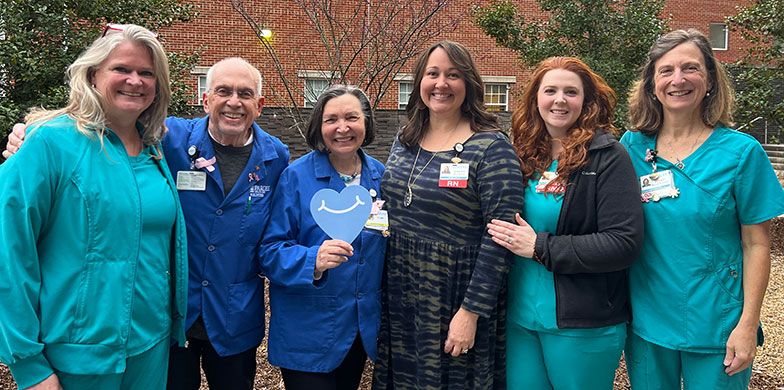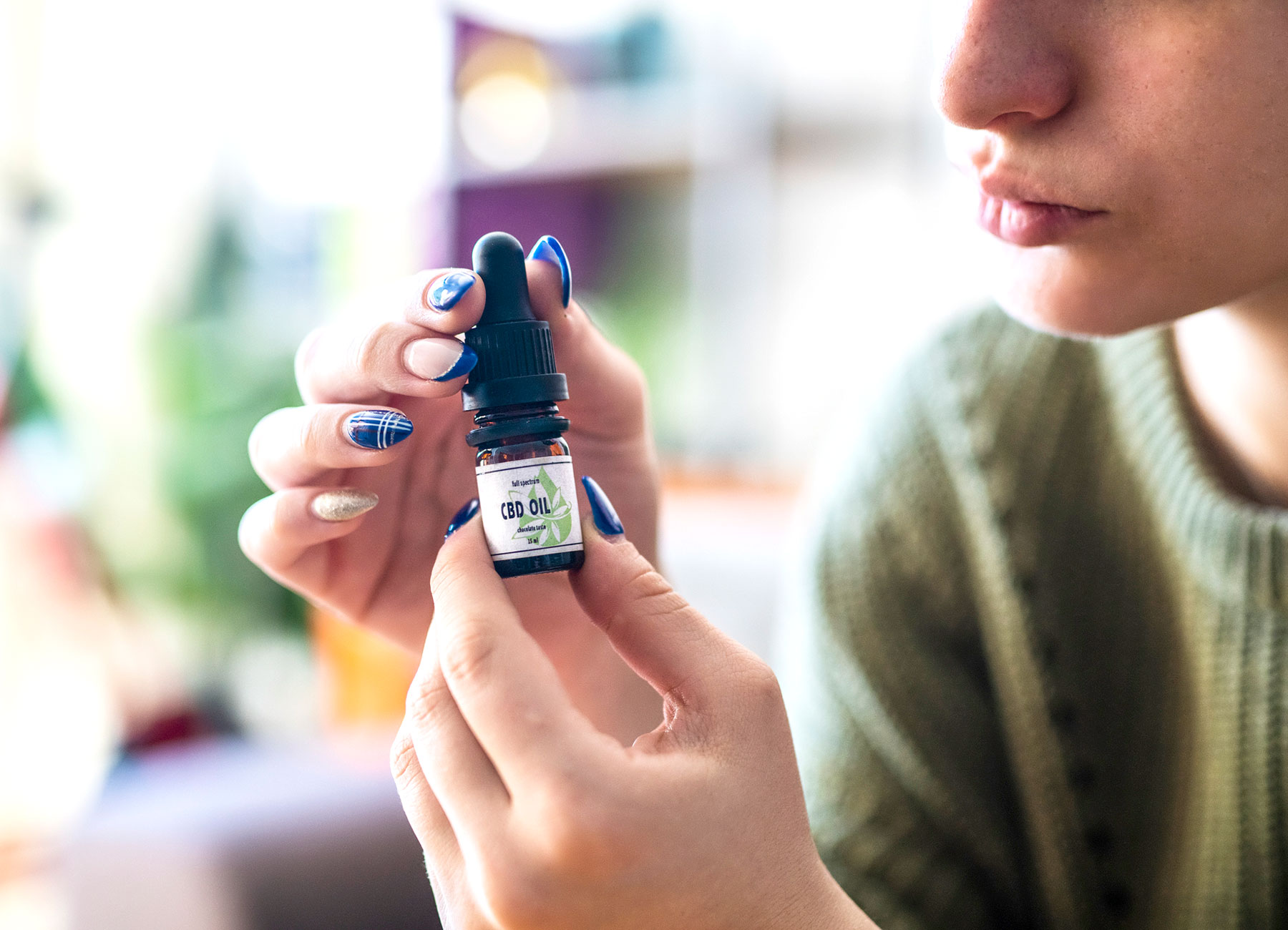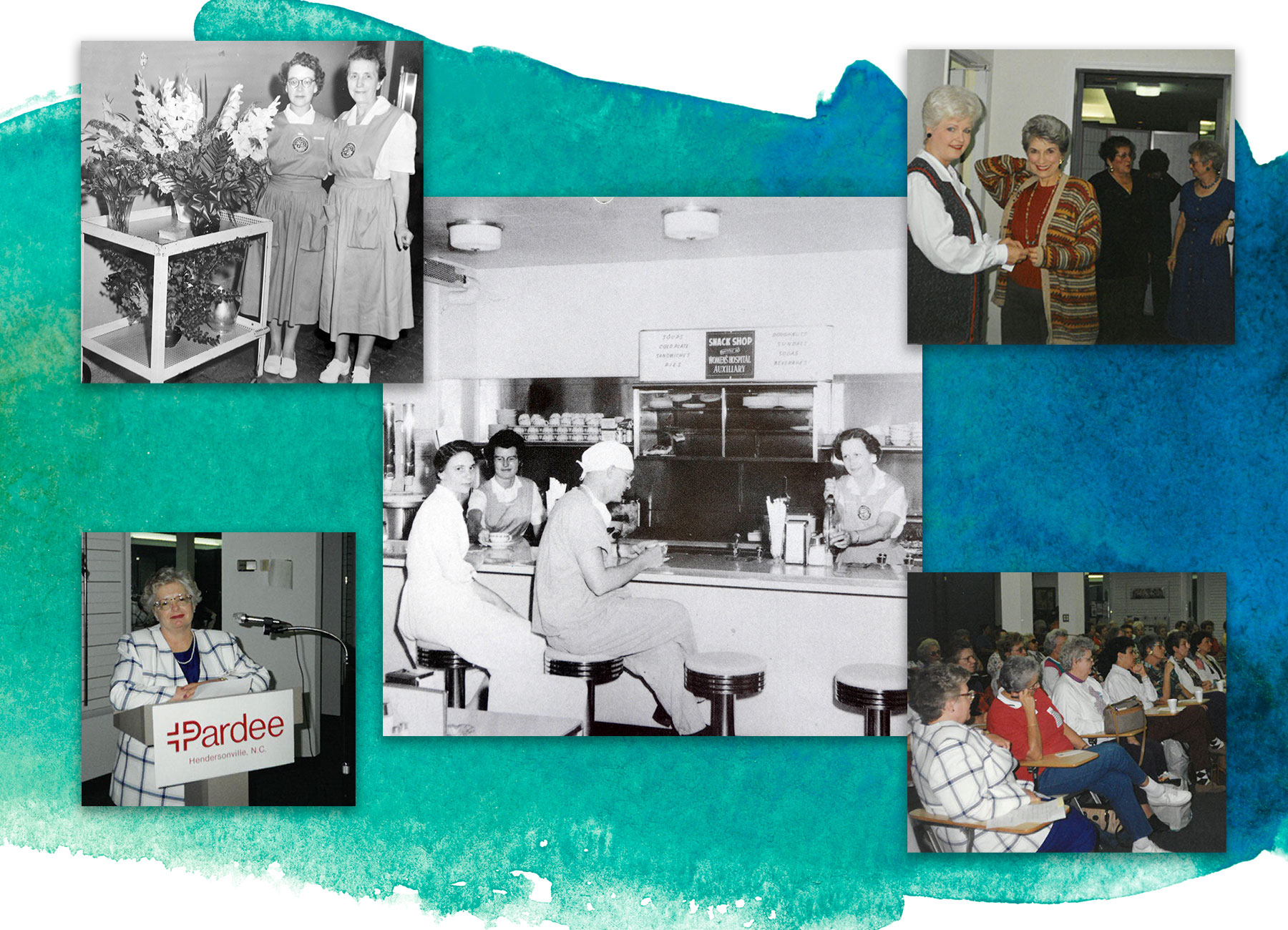Osteoporosis is a condition that causes the bones to become thinner and weaker. Fragile bones are more likely to break if you fall or get injured. Bone fractures from osteoporosis are most likely to occur in the hip, wrist or spine, though they can occur anywhere in the body. Additionally, some people with osteoporosis develop a hunched or stooped posture and height loss. Read more to find out if you are at risk for osteoporosis.
Your bones are living, active tissue that the body breaks down and replaces with new bone tissue throughout your life. Around age 30, bone mass stops increasing, so it’s important to maintain as much bone mass as you can.
Around menopause, women may quickly lose bone mass for several years. By age 65 or 70, men and women lose bone mass at about the same rate.
How Common is Osteoporosis?
Osteoporosis is a common condition in the United States – as many as 54 million Americans have the disease or are at risk because they have low bone mass. It is responsible for 2 million broken bones every year.
Research suggests that one in two women and one in four men will experience an osteoporosis-related bone fracture in their lifetime.
Osteoporosis Symptoms
Often called a “silent disease,” osteoporosis often doesn’t have symptoms until it’s more serious. Usually, the first sign is a broken bone. Other symptoms include loss of height and a curved spine. If you have any of these symptoms, contact your health care provider right away.
If you’re over the age of 50 and have broken a bone, ask your provider about getting a bone mineral density test.
Osteoporosis Risk Factors
Older age, a family history of osteoporosis, being small-framed and thin, taking certain medications, early menopause, not getting enough vitamin D and calcium, not getting enough physical activity, smoking, surgery to remove your ovaries before menopause, having low bone density and being a white or Asian woman can increase your risk of osteoporosis.
If you take any medications or have a chronic health condition, ask your provider if this increases your risk of bone loss.
Osteoporosis Can Affect Quality of Life
Osteoporosis can cause pain and make it hard to move around. This lack of mobility can cause some people to feel depressed or isolated.
Breaking a hip can be serious – about 20% of older adults who break a hip die less than a year later from complications related to the fracture or the surgery. Many others need long-term care in a nursing home.
How to Prevent Osteoporosis
Fortunately, there is plenty you can do to reduce your risk of osteoporosis. If you already have osteoporosis, you should continue to follow these preventive measures and ask your provider about medications that may help.
Eat the right nutrients. Make sure you get enough calcium and vitamin D. Your provider can help you determine how much you need and if you should take a supplement. Foods that contain calcium include dairy products, sardines, canned salmon, kale, broccoli, turnip greens, bok choy, and calcium-fortified products, like orange juice and cereal.
Exercise. Weight-bearing exercises can help keep your bones strong. This includes walking, dancing, climbing stairs, jogging, hiking, tennis and weight training.
Limit your alcohol intake. This means no more than one drink per day for women or two drinks per day for men.
Quit smoking or never start. Smoking can decrease your bone density.
Reduce your risk of falls. Good balance will reduce your risk of falls. Try Tai Chi or posture exercises to improve your balance. Also, make sure your home is free from clutter and tripping hazards, like throw rugs, electrical cords, pet supplies and small furniture.
Talk to your health care provider. Ask your primary care provider if you need a bone density test or medication to prevent or treat bone loss. The U.S. Preventive Services Task Force recommends that women over the age of 65 be screened for osteoporosis. They also recommend that women under the age of 65 get tested if they are at increased risk for osteoporosis.





